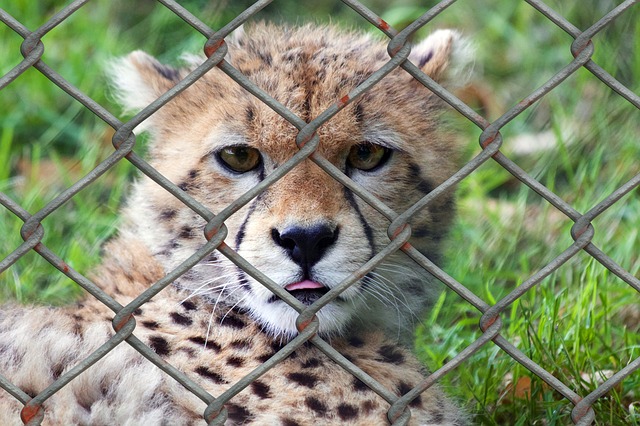4 Types Of Fences

Many people do not think about fences very much. They barely even notice as long as it is in decent shape. In fact, they barely even notice fences in general. Normally the only thing that comes to a person’s mind when they hear the word ‘fence’ is a chain link fence. We thought it would be a good idea to discuss some of the different kinds of fences that are available to show how critical, scientific, and sophisticated can be. The following are four kinds of fencing for you to consider the next time you see them.
Zoo Animal Enclosures
When you have been at a zoo and were admiring the wild animals in captivity you were probably very happy that there was a fence between them and you. However, did you actually stop and really look at it closely? You probably didn’t. Enclosure fencing is designed to give you the best view possible of the animal while keeping the public safe at the same time. So whether you need to have the proper size of mesh for containing gibbons, leopards, or eagles, there are fence companies that can tell you precisely what kind of fencing is best suited for your needs.
Horse Track Fencing
Many people who watch horse races do not even think about fences. Were you aware there are fences that are called running rails that protect horses? Steriline Racing is an Australian company the designs running rails so that they can withstand the force when a horse strikes a rail during the race but yet are still flexible enough to absorb impact and reduce the chance of injury. Sometimes tracks are temporary, so running rails need to have a moveable, simple design.
Steeplechase Racing Fences
There is a special kind of horse race called steeplechase racing where a horse with a jockey jumps over obstacles called national fences. The portable fences have steel frames with plastic brush material stuffed inside of them. The takeoff site has a foam rubber canvas-covered roll. The east coast is where this kind of racing is the most popular and is quite similar to human athletes jumping over hurdles. Steeplechase races, in contrast to regular horse racing, raise money for various charitable causes.
Wolf Fencing
There are many ranchers who have experienced financial pain from their livestock being lost to wolves. It is difficult to keep these nocturnal, intelligent animals out. The wolf is known for its cunning, teamwork, climbing ability, and athleticism and is a formidable opponent.
There are companies that specialise in making high tensile fences to keep wolves out. High tensile fencing contains high carbon content compared to another popular kind of agricultural fencing called low carbon wire. The wire is strengthened by the extra carbon and over time it is less likely that it will sag. If installed properly, it will stay tight for a number of years. There are some ranchers who like their high-tensile fences to be electrified as well.
Fences must be a minimum of 40 inches high and have six wires at least that are spaced out evenly 6-8 inches apart. The electric wire on the bottom needs to be a maximum of six inches off the ground since coyotes and wolves dig to get to their prey.
Ranchers who have large grazing animals cannot always have permanent enclosures built. Many people have been able to protect their livestock successfully from wolves by simply hanging fladry, which is pieces of orange or red cloth, or stringing cording around their fences. The colour and movement of the flags appear to discourage wolves from attempting to breach the fence.








